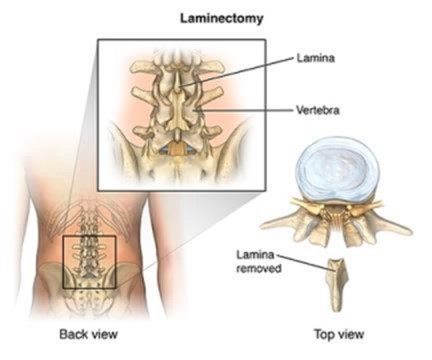A nurse is caring for a client who has a fractured tibia as a result of a fall. The client's x-ray shows that the bone is splintered into several pieces around the shaft. The nurse should identify that the client has which of the following types of fractures?
Transverse
Oblique
Impacted
Comminuted
The Correct Answer is D
A. Transverse fractures occur straight across the bone. In this case, the bone is splintered, which is not characteristic of a transverse fracture.
B. Oblique fractures have a diagonal break across the bone. This does not match the description provided in the scenario.
C. Impacted fractures occur when one end of the bone is forced into the adjacent bone. This does not align with the description of the fracture in the scenario.
D. Correct. A comminuted fracture involves the bone breaking into multiple fragments or pieces. This aligns with the description provided in the scenario where the bone is splintered into several pieces around the shaft.
Nursing Test Bank
Naxlex Comprehensive Predictor Exams
Related Questions
Correct Answer is ["63"]
Explanation
- To calculate the gtt/min, use the formula: gtt/min = (volume in mL x drop factor in gtt/mL) / time in min
- Substitute the given values: gtt/min = (250 mL x 15 gtt/mL) / 60 min - Simplify and round: gtt/min = 62.5 gtt/min ≈ 63 gtt/min
- The nurse should set the manual IV infusion to deliver 63 gtt/min
Correct Answer is B
Explanation
A. Positioning the client in a high-Fowler's position if clear drainage is noted on the dressing is not a specific intervention for a laminectomy with spinal fusion. The nurse should follow the surgeon's specific postoperative orders regarding positioning and wound care.
B. Monitoring sensory perception of the lower extremities is a crucial nursing intervention after a laminectomy with spinal fusion. This is to assess for any signs of neurovascular compromise or nerve damage.
C. Assisting the client into the knee-chest position to manage postoperative discomfort is not a recommended position after a laminectomy with spinal fusion. The nurse should follow the surgeon's specific postoperative orders regarding positioning.
D. Maintaining strict bed rest for the first 48 hours postoperative is not typically indicated after a laminectomy with spinal fusion. Early mobilization and ambulation are often encouraged to prevent complications and promote recovery. The nurse should follow the surgeon's specific postoperative orders regarding activity and mobility.

Whether you are a student looking to ace your exams or a practicing nurse seeking to enhance your expertise , our nursing education contents will empower you with the confidence and competence to make a difference in the lives of patients and become a respected leader in the healthcare field.
Visit Naxlex, invest in your future and unlock endless possibilities with our unparalleled nursing education contents today
Report Wrong Answer on the Current Question
Do you disagree with the answer? If yes, what is your expected answer? Explain.
Kindly be descriptive with the issue you are facing.
